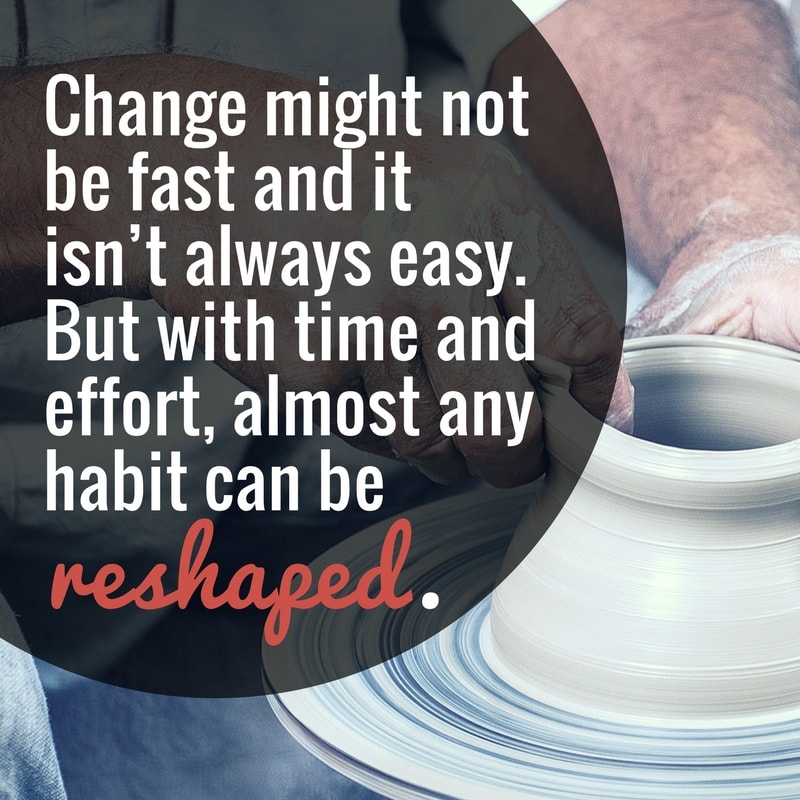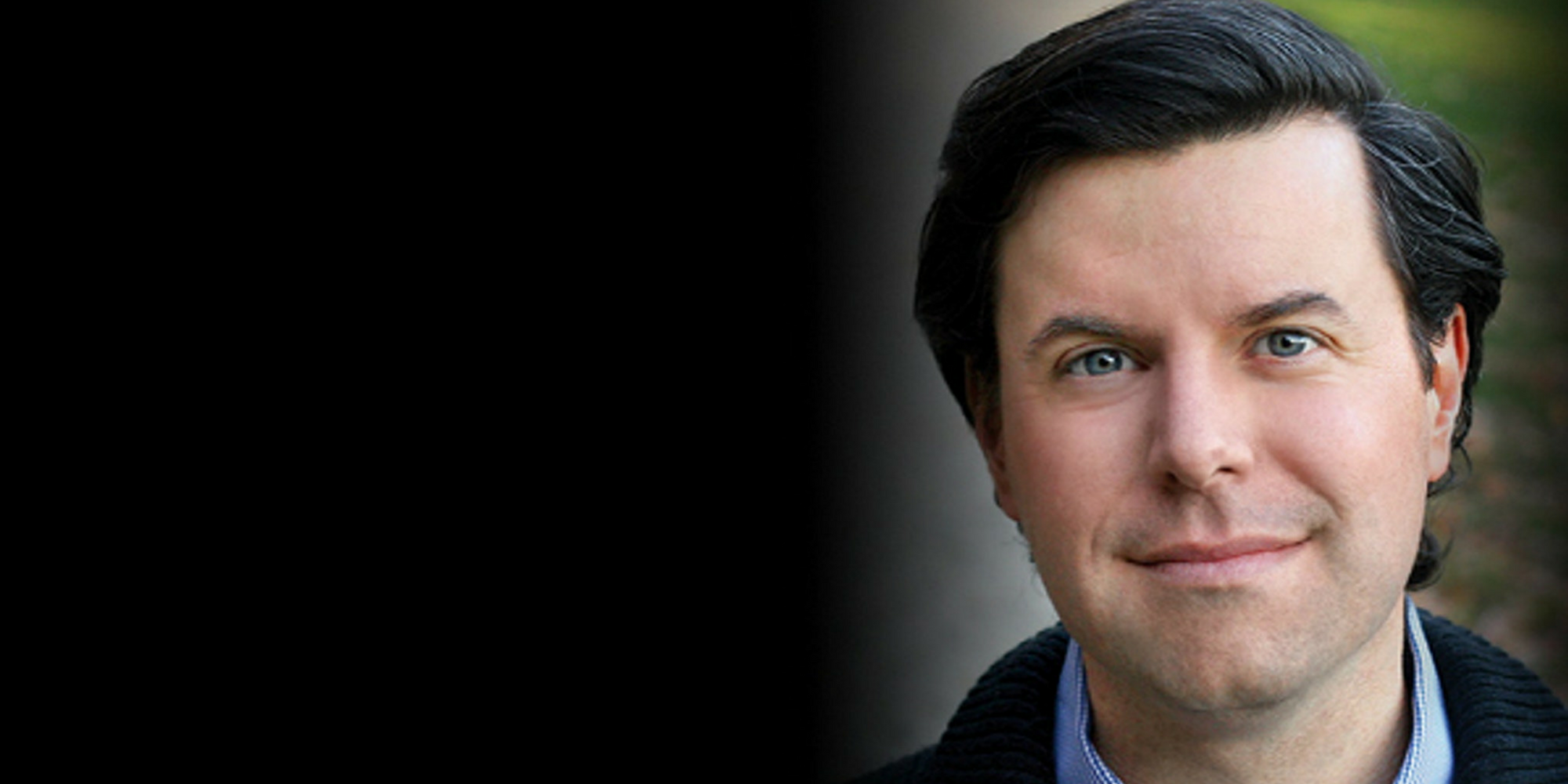


Companies can teach employees willpower, thereby improving both the individual and the organization. O’Neill targeted a keystone habit in the company-worker safety-a step that ultimately improved other organizational habits.Ĭhapter 5 details the role of willpower in the process of changing our habits. Duhigg tells the story of Paul O’Neill, who took over as CEO of the aluminum company ALCORA. Leaders can learn to improve their organizations by targeting a single keystone habit first. Once altered, keystone habits begin to affect other, related habits. Using multiple case studies, including the story of Tony Dungy of the Tampa Bay Buccaneers and Bob Wilson of Alcoholics Anonymous, Duhigg explores the process of changing only the routine portion of the habit loop (cue > routine > reward) while keeping the cue and reward the same.Ĭhapter 4 investigates keystone habits, which are the types of habits that play critical roles in our lives. Both companies understood that manipulating consumers’ cravings would help to sell their products.Ĭhapter 3 explores the “golden rule” of habit change, which contends that we can never fully eliminate our habits, we can only change them.

Decades later, Proctor and Gamble adopted a similar strategy for selling their Febreze freshening spray. The first is the story of Pepsodent toothpaste, which marketing expert Harry Hopkins sold to an American public who had rarely brushed their teeth.

In Chapter 2, Duhigg examines two corporate case studies. Here Duhigg explains the habit loop, which includes a cue, a routine, and a reward, and which he references throughout the rest of the book. Researchers discovered that despite Eugene’s memory loss, he was still able to form new habits. Despite their power, our habits are not set in stone.Ĭhapter 1 tells the story of Eugene Pauly, who lost his memory due to an illness. Scientists have shown that the human brain cannot discern between good or bad habits, allowing both types to replay in a loop. The Prologue explains that habits are unconscious behaviors that can rule our daily routines.


 0 kommentar(er)
0 kommentar(er)
